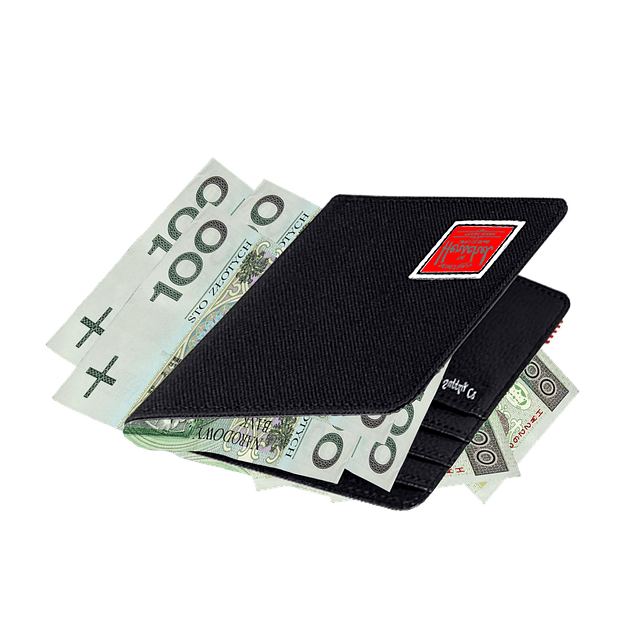To reclaim financial control is the first and most powerful step toward true freedom. Debt may seem like an unmovable mountain, but with the right tools, mindset, and plan, anyone can reduce, manage, and eliminate it.
According to the Federal Reserve, U.S. consumer debt reached $17.5 trillion in 2024 — an all-time high.
Yet this overwhelming number hides a simple truth: breaking free from debt is possible when you approach it strategically.
In this guide, you’ll learn seven proven steps to reclaim financial control and set the stage for lifetime financial self improvement.
Key Takeaways
| Step | Core Insight | Action Benefit |
|---|---|---|
| 1 | Face Your Debt with Clarity | Know the real numbers to make real progress |
| 2 | Build a Debt-Crushing Budget | Prioritize pay-down without sacrificing life |
| 3 | Choose the Right Payoff Strategy | Maximize motivation or savings — your choice |
| 4 | Increase Your Income | Expand earning streams to speed up results |
| 5 | Automate and Simplify Payments | Remove friction, reduce stress |
| 6 | Guard Against New Debt | Set boundaries to prevent backward slides |
| 7 | Link Debt Freedom to Wealth Building | Shift from defense to offense via financial self improvement |
1. Face Your Debt with Total Clarity.
Why You Must Know Your Exact Numbers
Avoidance increases fear and cost. You need a clear debt inventory:
- List all debts — balances, interest rates, and minimum payments.
- Use tools like Undebt.it or a spreadsheet.
The Psychological Shift
Studies show that clarity reduces stress and improves focus (source).
Related Reading
Learn how this habit integrates with financial self improvement.
2. Build a Debt-Crushing Budget
The Zero-Based Budget Advantage
Zero-based budgeting allocates every dollar to a purpose — including debt.
- Income minus expenses equals zero.
- Every spare dollar reduces debt.
Budgeting With Joy, Not Pain
A good budget includes rewards — coffee, gym, family time. Otherwise, burnout wins.
Tools & Resources
- YNAB (You Need A Budget)
- Mint for automatic tracking
- Monarch for family budgeting
3. Choose the Right Debt Payoff Strategy
Avalanche vs. Snowball
Choose:
- Avalanche: Save on interest — highest rate first.
- Snowball: Smallest balance first — win fast.
Psychological wins matter (Harvard Business Review).
Hybrid Approaches
Many use Snowball for motivation, then Avalanche for savings.
Example
| Debt | Balance | APR | Payoff Priority (Snowball) |
|---|---|---|---|
| Credit Card 1 | $500 | 19% | 1 |
| Credit Card 2 | $2,400 | 23% | 2 |
| Student Loan | $10,000 | 5% | 3 |
4. Increase Your Income
Why Expense Cutting Alone Isn’t Enough
Side income boosts debt payoff speed:
- Freelance writing or design
- Online sales (eBay, Etsy)
- Gig economy (Uber, DoorDash)
Multiple jobs are common — U.S. Census Bureau data.
Side Hustles to Try
- Freelance Writing: $200–$1000/month
- Print-on-Demand: $100–$500/month
- Online Tutoring: $500–$2000/month
Ask for a Raise
Use market data from Glassdoor.
5. Automate and Simplify Payments

Why Automation Works
- Auto-pay minimums to avoid fees.
- Direct extra cash to priority debts.
Apps That Help
- Tally — for credit cards
- Qoins — rounds up purchases
Reduce Human Error
Automation ensures consistency — systems work when humans forget.
6. Guard Against New Debt
The “One More Swipe” Trap
- Remove stored cards online.
- Freeze credit reports.
Build an Emergency Fund First
Start with $1,000 — grow to 3–6 months (NerdWallet guide).
Protect Your Identity
- 2FA authentication
- Password managers
- Credit monitoring services
7. Link Debt Freedom to Wealth Building
Debt-Free is the Starting Line
- Open a Roth IRA or 401(k).
- Invest in index funds or ETFs (Morningstar guide).
Build Your Financial Self Improvement Plan
Make debt freedom part of your larger financial journey.
Open the Next Door
Free cash flow enables wealth — saving, investing, and freedom creation.
Conclusion
To reclaim financial control is not about restriction — it’s about freedom. With these steps, you can clear debt and unlock a lifetime of financial self improvement.
Call to Action
✅ Ready to continue? Explore financial self or download our free 7-Day Budget Reset Workbook to get started today!
Frequently Asked Questions (FAQs)
What does it mean to reclaim financial control?
It means taking full command of your income, debt, and expenses — no more fear, confusion, or overwhelm.
How long does it take to get out of debt?
Typically 12–36 months depending on total debt, income, and strategy applied.
Is paying off debt part of financial self improvement?
Yes — it is the essential first step before building wealth and financial growth.


